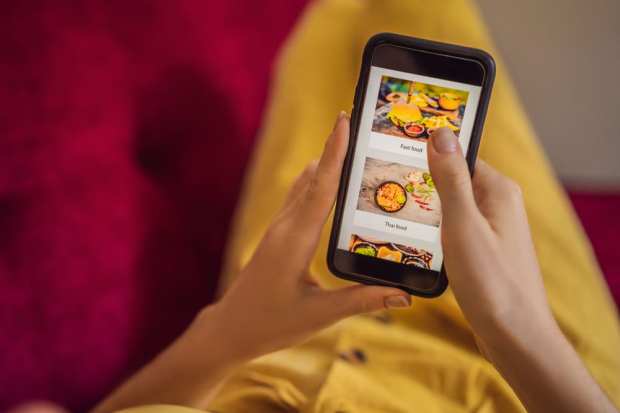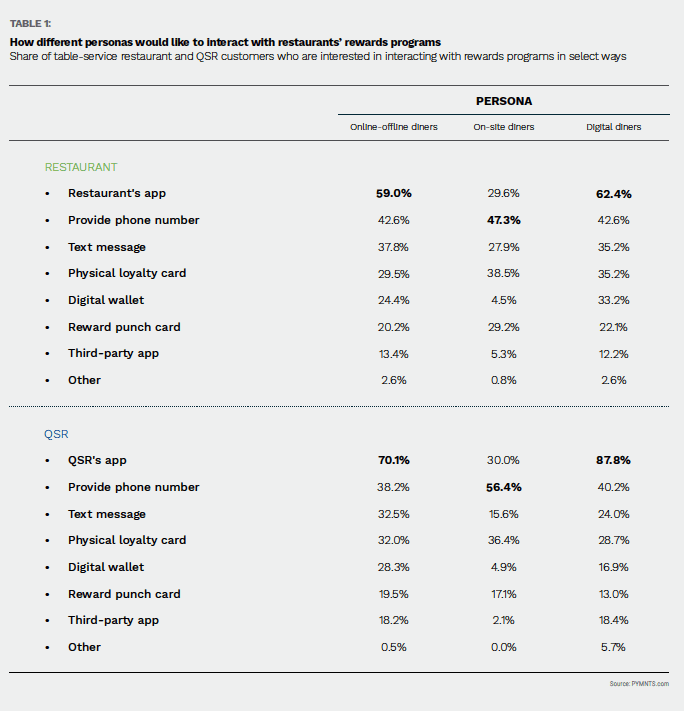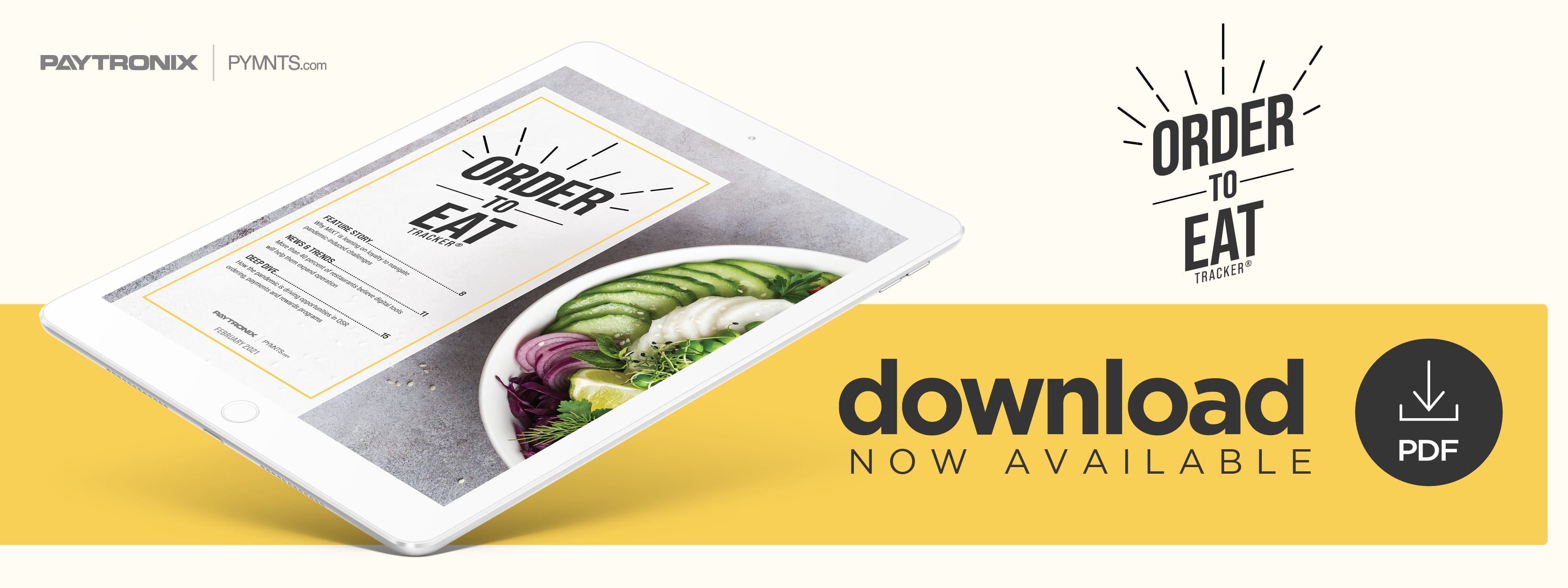Deep Dive: How The Pandemic Is Driving Opportunities In QSR Ordering, Payments And Rewards Programs

The pandemic, for all its devastation of the restaurant industry this past year, has not ruled out opportunities for business growth in at least a few areas: It has fueled unprecedented demand for contactless ordering, touchless payment technology and personalized rewards programs. A recent survey of 2,081 U.S. consumers has shown that more than 74 percent used their mobile devices to order and pay for food and other goods at least once a week since the pandemic began, and nearly 48 percent said they currently use them for at least several purchases a week.
Consumers are turning to mobile ordering and payment at this time for numerous reasons, with 44 percent citing convenience as the most important factor, followed by ease of use (19 percent) and the ability to stay out of stores and restaurants (18 percent) during the pandemic. They think restaurants are doing a good job of meeting their needs, too, with 75 percent saying eateries are doing enough to accommodate contactless payments and only 13 percent stating the contrary. Forty-five percent see mobile ordering and payments as a chance to avoid interacting with staff in person, and 40 percent say they would continue ordering through mobile for this same reason even once the pandemic has subsided.
This month’s Deep Dive explores the different types of contactless ordering and payment options that consumers want to see during the pandemic and how quick-service restaurants (QSRs) can fulfill this demand. It also explains how offering rewards programs can help QSRs drive consumer loyalty to their brands, both now and long after the pandemic has passed.
The Safe Ordering Standard
Consumer expectations for contactless ordering and payment options are rising, even among those who may be struggling to take the full digital leap from pre-pandemic ordering to newer mobile options. Installing self-service kiosks, for example, is proving beneficial to establishments looking to meet the contactless needs of consumers willing to venture out to QSRs and fast-food locations. Forty-four percent of surveyed consumers said they would want to use self-service kiosks at their favorite restaurants if the devices became available, and 71 percent would prefer kiosks over placing orders directly with someone if doing so meant avoiding interaction with waitstaff.
Other contactless options consumers said they would like to see included tap to pay at checkout (43 percent); the ability to order on their mobile devices from their cars in parking lots (40 percent); curbside pickup (38 percent); and ordering and paying with servers using handheld devices (34 percent).
The trend toward contactless ordering and payment is also showing staying power, even for those resuming some semblance of normalcy by returning to an office. One survey of more than 1,600 American employees found that 80 percent are worried about how they will order and pay for on-site food at workplaces, and 90 percent would prefer to avoid interaction by ordering through a mobile app or online. Nearly 40 percent said they would avoid corporate dining altogether if contactless options were not available.
The Opportunity Of Rewards Programs
For QSRs working to weather the pandemic, another effective method for engaging with customers and encouraging more spend is through an old standby made new: rewards programs. Consumers at this financially challenging time are looking to save money, and granting them access to personalized discounts and perks now could help seal the deal for long-term loyalty as well.

PYMNTS’ recent Delivering On Restaurant Rewards Report, in collaboration with Paytronix, revealed that 39 percent of more than 2,000 U.S. consumers surveyed said loyalty and rewards programs would encourage them to spend more at eateries where they are offered. These programs were also the most frequently cited way that consumers would be most encouraged to spend. The research further confirmed that offering certain contactless features is key to meeting consumers’ demands, including order pickup via drive-thru, mobile app ordering and QR code payments.
How consumers prefer to receive these rewards also reflects the shift to ordering online, with large majorities of both exclusively digital diners and those who order both online and offline saying they would prefer to access rewards through mobile apps.
Looking Ahead
The report showed that although concerns about the pandemic are easing slowly, consumers are not likely to abandon online ordering anytime soon. Eighty-seven percent of those who shifted to mainly ordering food online since March, in fact, plan to continue to order in this fashion “somewhat” as often as they currently do.
The pandemic has driven up consumers’ demand for contactless ordering and payment as well as the importance of rewards in determining where they choose to spend their hard-earned funds. These trends offer not just challenges but opportunities that will long outlive the pandemic, however, and thus should be crucial components of restaurants’ engagement strategies.

